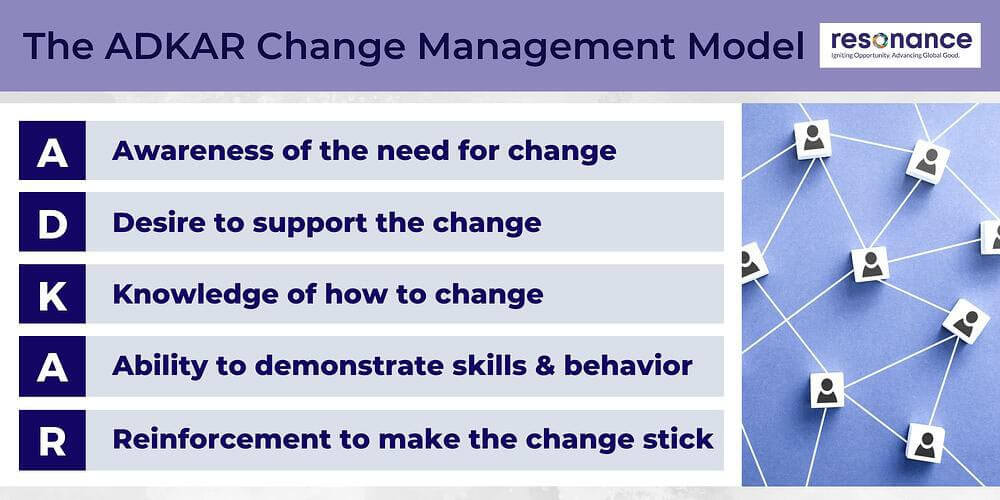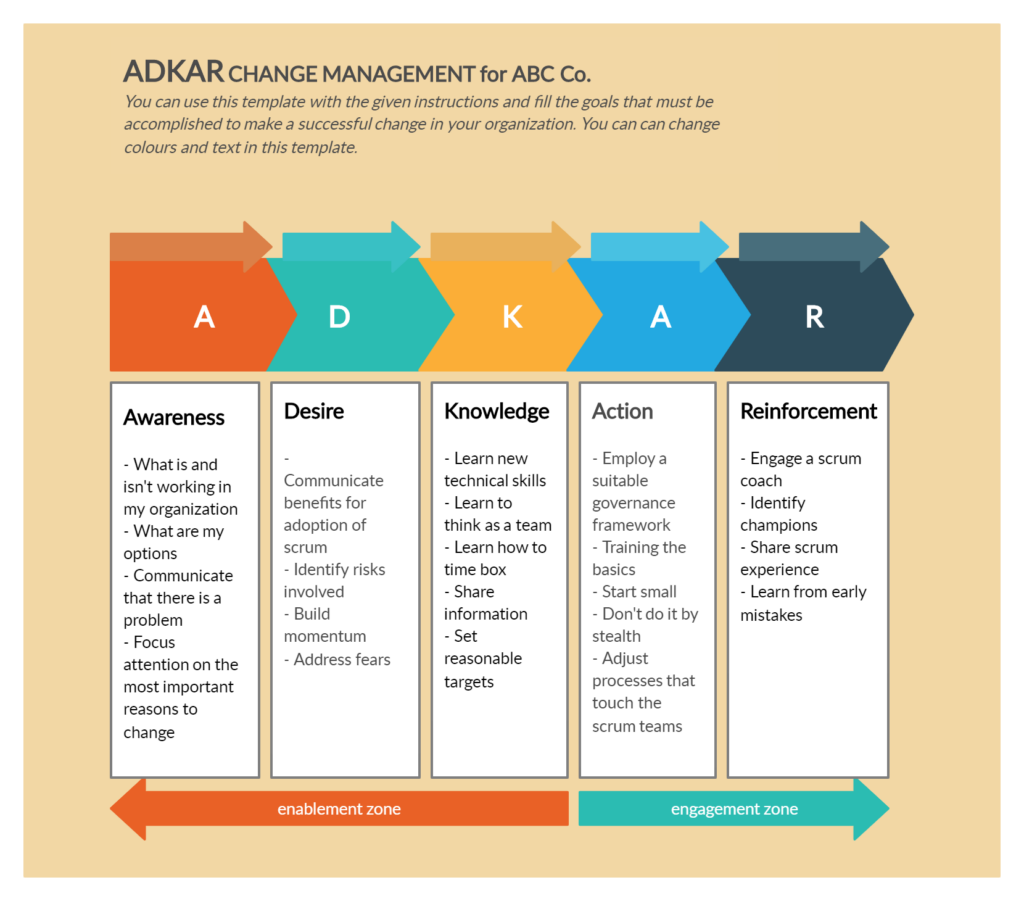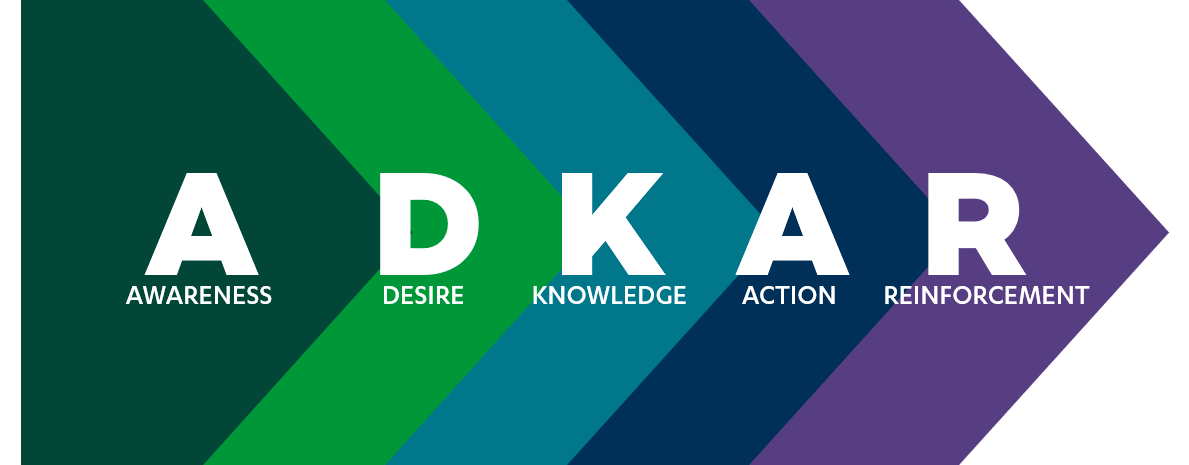
Awareness is the first stage in the ADKAR model, and it involves creating an understanding of the nature of the change and the reasons why it is necessary. It requires clear and consistent communication to ensure that employees not only comprehend the reasoning behind the change but also come to agree with it. In creating awareness, change management practitioners must focus on the benefits of the change as they apply to the people affected. Reinforcement and continued communication are also necessary to maintain the level of awareness required for a successful change.
Desire is the second stage of the ADKAR model, and it measures an individual’s willingness to change. It involves making a personal decision to support and participate in the change. However, achieving this milestone is not easy. The greatest challenges for change management professionals lie in this element of the ADKAR model. Desire requires a carefully architected change management strategy that leverages key business leaders as sponsors of change and managers and supervisors as coaches to employees during the change process. Fostering desire also requires getting specific about the benefits of the change as they apply to particular individuals or teams, avoiding company-centric motivations.
To make the transition from awareness to desire, change management professionals must address resistance to change, which can stem from fear of consequence, lack of understanding, or perceived difficulty. Effective change management strategies should take into account employees’ personal situations, organizations’ track records with change, and motivators for participating in change, such as the likelihood of gain or achievement (incentive), the desire to be part of something (to belong), and the willingness to follow a leader one trusts.
Awareness and desire are not static but ebb and flow. Change management professionals must, therefore, ensure that they provide reinforcement and continued communication to maintain the levels of awareness and desire necessary to make changes successful. When implementing the ADKAR model, each milestone must be specific to each individual or team involved in the change process, and everyone must reach each goal, though different people may reach different goals at different times. In conclusion, the ADKAR model is a powerful tool that can facilitate change by setting clear milestones to be reached throughout the process, thereby limiting resistance and ensuring a successful change. [1][2]





